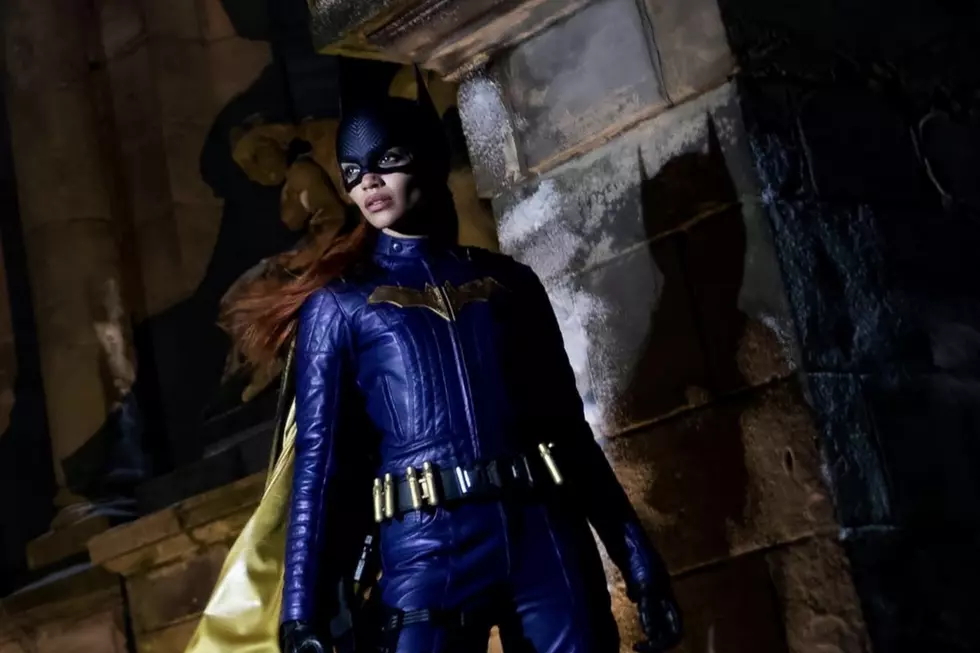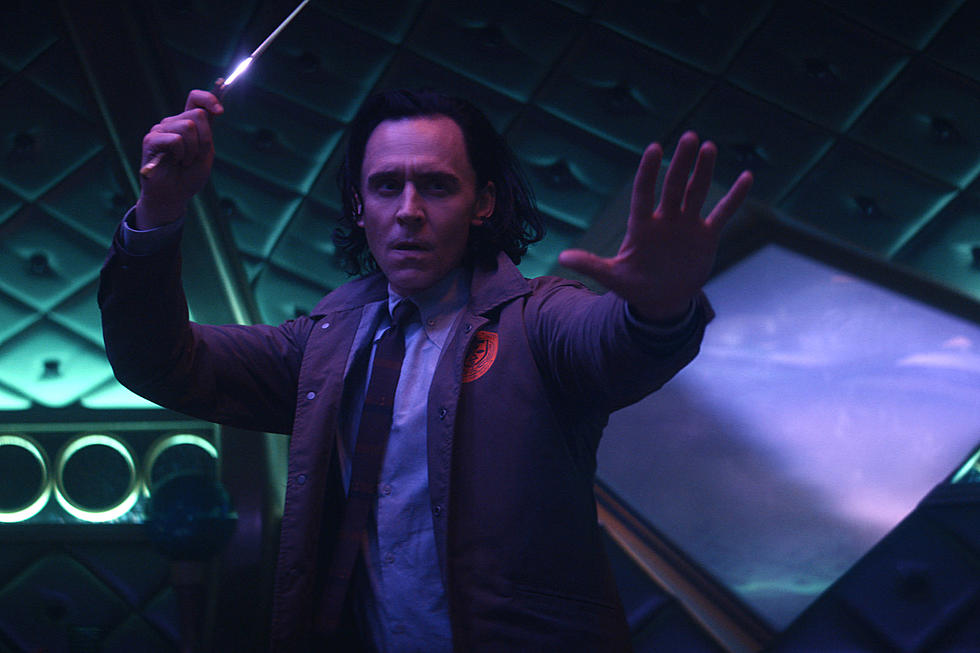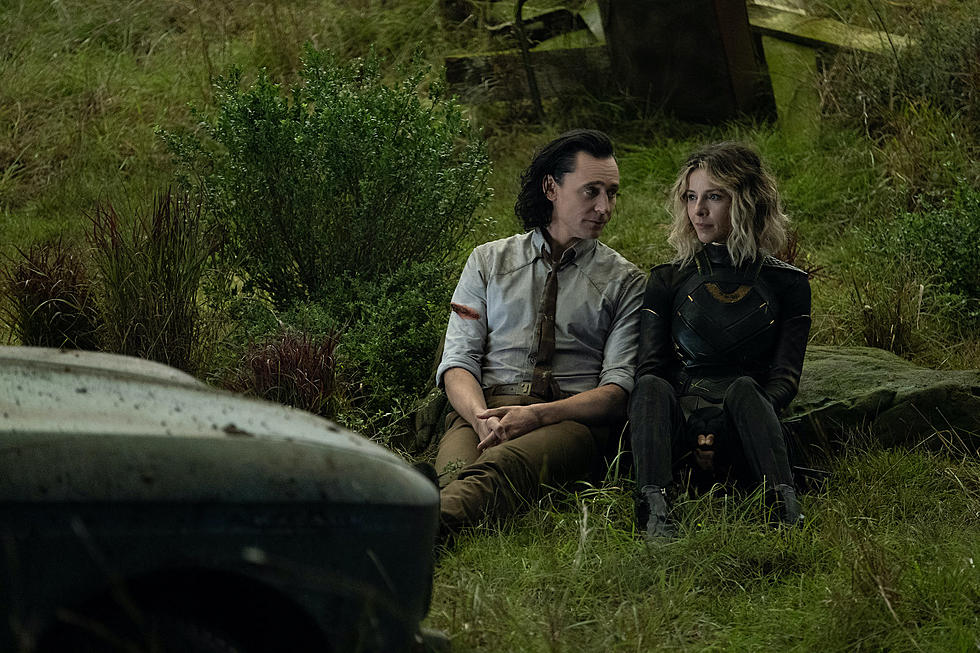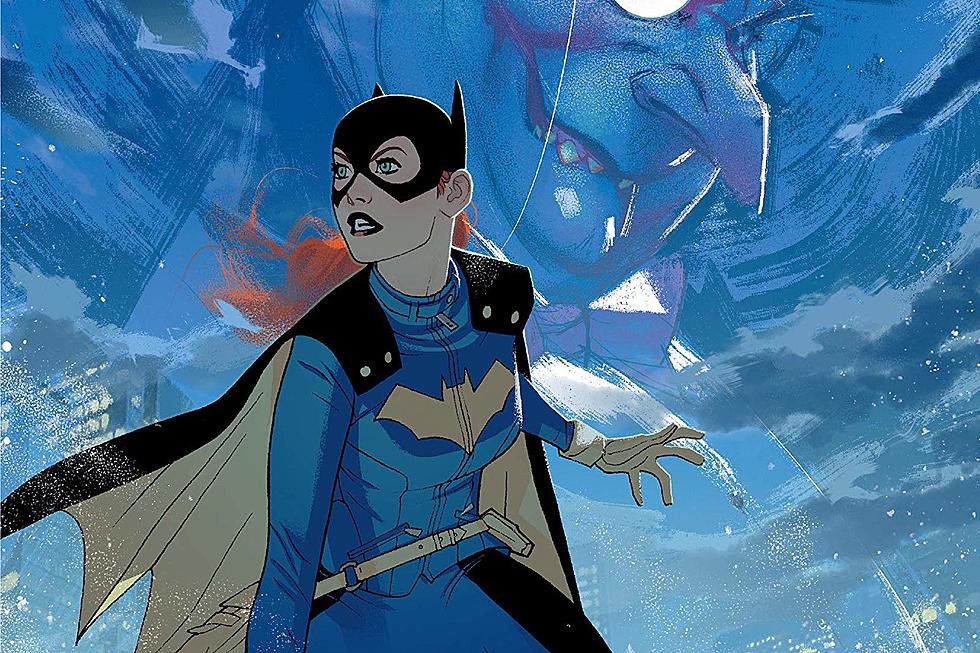
Where Are Superhero Comics’ Big Name Bisexual Characters?
It's Celebrate Bisexuality Day today, also called Bisexual Visibility Day -- a day to celebrate and promote recognition of those who are sexually attracted to people of more than one gender. The day exists because people with non-monosexual queer identities face unusual challenges in being recognized by both mainstream and queer cultures, yet visibility helps break down barriers and encourage acceptance.
In superhero comics, the problem of bisexual invisibility is as ingrained as anywhere; the medium struggles to acknowledge the existence of anything that didn't exist in The Honeymooners or The Andy Griffith Show, unless it's a space god, a shapeshifter, or a parasitic psychic monster. Having a character say, "I'm bisexual" is apparently more implausible than any of those things. There are signs that the industry is changing in this regard -- but slowly, and rather half-heartedly.
The recently announced return of Secret Six at DC Comics under writer Gail Simone and penciller Ken Lashley will allow Simone to follow through on a promise she made back around the time DC's New 52 reboot. Simone told followers on Tumblr that next time she wrote one of the book's lead characters, Catman -- an old Batman villain turned anti-hero -- she would establish his bisexuality.
After a three-year wait, Simone finally has her chance. By her own account it's a promise she means to keep, and that's a big deal. Catman will instantly become one of the highest profile bisexual characters in superhero comics. Though not a conventional hero, Catman is at least a dashing leading man, and it's always important to establish that people with marginalized identities can fill any role in narrative, up to and including the hero roles usually reserved for cis-het white men.
Amazingly, Catman won't be the only bisexual man leading his own superhero book when Secret Six hits the stands. He may even be the third. But here's where we get into the usual fog that surrounds too many representations of bisexual identity in the media.
One of the other two books with a bisexual male lead is Constantine, starring another anti-hero character, the sorcerer John Constantine. Except his bisexuality was a sufficiently rarely explored feature when he starred in the Vertigo series Hellblazer that David Goyer, the lead writer of the new NBC TV adaptation (also called Constantine), think it's not really an important thing to establish. Thankfully current Constantine comics writer Ray Fawkes disagrees, and in issue #12 of the New 52 relaunch he established that Constantine has had relationships with both men and women.
The third current book with a bisexual male lead is Loki, Agent of Asgard. And again, he's an anti-hero, and that starts to look like a pattern, and that starts to be problematic. But Loki's bisexuality, established in another title, Young Avengers, has yet to play a role in the character's own title.
Now, being bisexual doesn't mean that a character has to demonstrate bisexuality at every opportunity -- and people demanding proof of bisexuality is exactly the sort of intolerant behavior that bi activists want to put a stop to. Yet it seems fair to say that it's all too easy for a publisher or creator to establish a character as bisexual and then write them no differently to a heterosexual character forever after, and that's not a bold show of support for visibility.
Young Avengers authors Kieron Gillen and Jamie McKelvie established one of the genre's most important bisexual characters of recent years in the same book that established Loki's sexuality; David Alleyne, aka Prodigy. Prodigy matters because he has actually stated his bisexuality. He said the words, "I am bisexual".
Visibility doesn't get much clearer than that, and claiming the word "bisexual" as an identity matters a great deal. The Tumblr Invisible Bi Characters does an excellent job of cataloging all the ways in which bisexual characters in fiction are frequently identiified as anything but bisexual. David Alleyne unambiguously avoids that trope.
Shatterstar, meanwhile, falls directly into it. The character is both bisexual and polyamorous, but writer Peter David, who helped re-establish the character in the pages of X-Factor, initially described the character as "omnisexual" in the manner of Torchwood character Captain Jack Harkness. The use of the term "omnisexual" derives from a misconception that bisexual people are "only" attracted to both men and women, when in fact they can be attracted to persons of any gender. Shatterstar and Captain Jack are both bisexual.
Shatterstar's lover Rictor might also fall into that trope - he's had relationships with men and women, but according to David he now identifies as gay -- and that kind of self-acceptance from straight-identified to gay-identified is also important to see in stories, as is de-stigmatizing relationships between bisexual and non-bisexual partners.
As it happens, both Rictor and Shatterstar have been AWOL from Marvel comics for more than a year, so in terms of visibility, they currently have none. The same is true of Hercules, whose bisexuality was established largely in throwaway references and jokes, and who has been missing since 2012. Another bisexual male anti-hero, Daken, came back from the dead in Uncanny Avengers and is still kicking around because of the current ongoing death of his father Wolverine, but the character has switched from anti-hero to full villain. Prodigy recently reappeared in the mini series Original Sins.
To the best of my recollection, that accounts for all the major bisexual male characters at Marvel, while DC only has Catman and maybe Constantine. Maybe the characters Off-Ramp and Frostbite from Young Heroes In Love still exist somewhere in the current DC Universe, but that book was cancelled sixteen years ago, so it's probably time to stop lighting a candle for their return.
As for high profile bisexual women, they seem to be even more under-represented. Marvel has only a few, with the X-Man Psylocke recently established as bi in Uncanny X-Force, and the villain Mystique always lurking in the shadows. There are suggestions online that Black Widow is bisexual because she once kissed a woman as part of an operation, but her bisexuality has never been established.
One of my personal favorite characters, Moondragon, is a bisexual woman in a relationship with Phyla-Vell, aka Martyr. Both characters were members of Guardians Of The Galaxy that didn't make it into the movie, even in cameo form. They are both also now long absent from the book. (Martyr is dead, but that's no obstacle.)
As for DC, their highest profile bisexual woman right now is probably Alysia Yeoh, Barbara Gordon's roommate in Batgirl. Alysia is also the highest profile transgender character in superhero comics. She was created by Gail Simone, who just came to the end of her run on the title, but fortunately the incoming creative team has promised to keep Alysia around.
DC also has Icemaiden of the Global Guardians, Dawnstar of the Legion of Super-Heroes, Swamp Thing character Tefe Holland, and Grace Choi, a bisexual hero in a relationship with fellow Outsiders member Thunder. To the best of my knowledge, none of these characters exist in New 52 continuity.
That leaves bisexual visibility in superhero comics in a poor state. Far too many bisexual characters have been shuffled off the board, and their numbers have never been high.
I know a lot of bisexual readers celebrated when David Alleyne came out in the pages of Young Avengers, because seeing such an unambiguous declaration for bisexual visibility is so incredibly rare, especially in mainstream commercial work. I hope readers will have cause to celebrate when Secret Six comes out. Beyond that, it seems superhero comics have more visible ninjas than visible bisexuals.
And that's not good for ninjas or bisexuals.
More From ComicsAlliance
